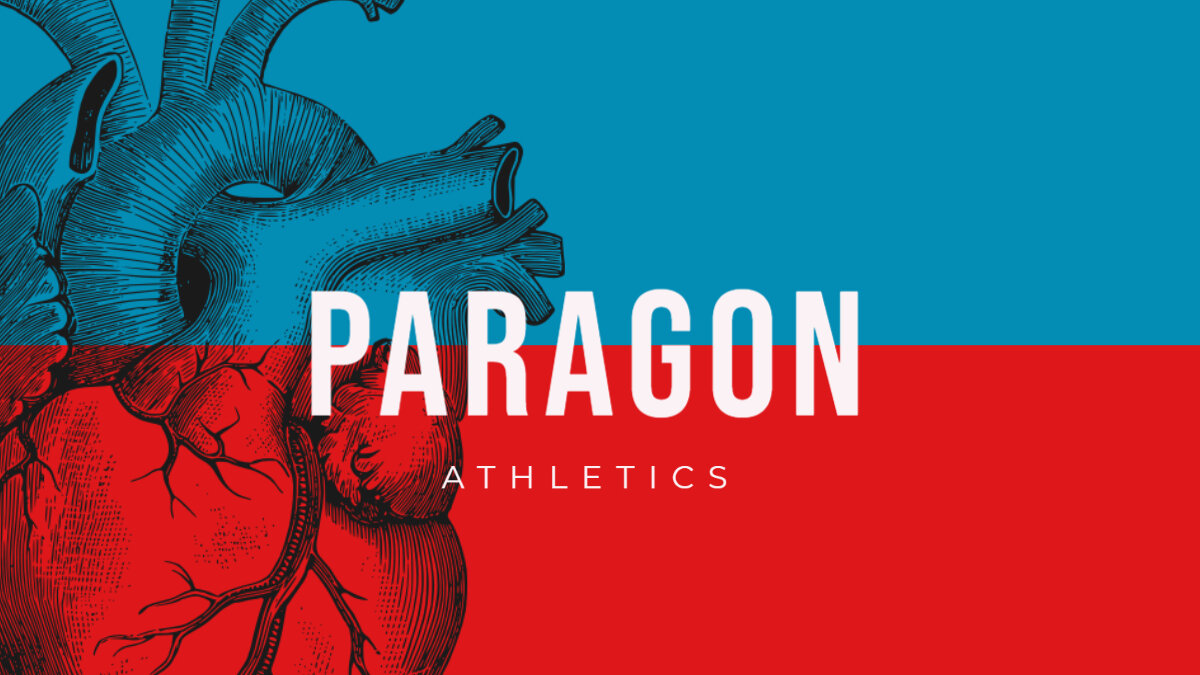EMPHASIS FOR THE MONTH OF JUNE
MOTOR PRIMITIVES
I know what you’re thinking, “What the heck are motor primitives and why doesn’t that sound like an exercise?” That, my dear friends, is because the emphasis for this month is not an exercise, but a SERIES of exercises. Yep, things just got a whole lot more interesting, especially since this month’s emphasis is the neuromuscular basis of pretty much your whole life. Sounds pretty heavy, huh? Well don’t worry, we’re here to show you the in’s and out’s of motor primitives.
“Well this sounds horrible. Is it horrible?”
Ok, maybe that intro was a little dramatic, it isn’t horrible at all. In fact, most of you already practice motor primitives every time you come to class! Confused? Put simply, motor primitives are movements that string together to form patterns for accomplishing basic functions. Squats, forward bending, rotation, joint stabilization, and cross lateral patterning, along with other basic movements make up motor primitives. These patterns not only dictate how effectively your body moves through space, but they also play an important role in brain development and neuromuscular innervation. Practicing these basic movements correctly can improve neuromuscular control and ultimately coordination as well as proprioception. Nerves are NOT inanimate wires that transfer electrochemical signals. They are alive and they form new connections. They can improve. Basically these movements will make you feel more comfortable...with everything!
“So how do I do them?
That’s the best part, you’re already doing them! Our wonderful trainers make sure to incorporate these integral movements into a majority of the classes throughout the week. Have you ever wondered why they want you to stand on the opposite leg or hold something with the opposite hand? Or why there are an excessive amount of bear crawls or bear crawl-like activities? This is cross-patterning! Ever wobbled a wobbly thing while squatting on a wobbly thing? Proprioception and joint stabilization! The point of this month's emphasis is not to educate you on one singular exercise, but instead to bring your attention to many of the exercises you already do so that you can learn the purpose behind them (instead of just plain out feeling like you are a bear in the circus doing a balancing act!)
“How will this help me be a better skier, climber, biker, runner, hiker, ______(enter any one of the numerous cool things our paragon family does here)?”
Like we mentioned before, this applies to movement in general, simple as that. Humans are contralateral beings when it comes to their neurological organization. The automatic sequencing of upright muscle movement like walking and running is meant to be always coordinated the same way: the right arm goes forward, the left leg will do the same and when the left arm goes forward, the right leg will do the same. So there it is: cross pattern neurological organization. So, can you think of what this can apply to?
Well, we already told you the answer earlier, remember? Changing your nervous system will change your overall quality of movement, so it will help you improve with your sport of choice. Want to become a stronger climber? Just think about the interlimb coordination in climbing and crawling biomechanics. Want to run farther? Organizing your movement will help you run with efficiency and with an optimal gait pattern.
So, you want to get under the skin...go deeper you say?
Close your eyes and touch your nose. This should be easy because your brain can sense your body and its position in space. This is called proprioception.
So, how many times have you heard us use that word...proprioception, proprioception, proprioception!! (if you stand in front of a mirror and say that three times Ryan will show up in your house with a super hard exercise for you). With as much as we talk about it, do you have the concept down?
Proprioception includes the senses of position and movement of our limbs and trunk, the sense of effort, the sense of force, and the sense of heaviness. Proprioception uses receptors located in the skin, muscles and joints to build the internal sense of our bodies.
So, let’s add a piece to the puzzle (this amazing, capable, mysterious puzzle that is our body). Neural networks in the spinal cord, called central pattern generators (CPGs), are capable of producing rhythmic movements, such as swimming, walking, and hopping, even when isolated from the brain and sensory inputs. Proprioception within the motor circuit is responsible for propagating and coordinating these rhythmic movements. So together these CPGs and proprioceptive awareness help us to move smoothly and efficiently. Together they help us to gain optimal muscle tone and keep our spine and joints healthy.
But how many times have you felt clumsy, off balance, or out of control of your body? Whether it is due to injury (and you are therefore compensating) or there is a muscle length-tension relationship issue, your body can become disorganized; your body can make aberrant central pattern generators as a protective default to avoid injury or further injury. So, we want to rewire the generator, we want to rebuild and reset nerve function. If you have compensation, or a motor pattern failure, we want to go deeper to resolve these problems! We want optimal movement, period!
Ok Goners, Recap time:
Quality of movement, in part, is dependent upon neurologic information feedback from proprioceptors within muscles and joints to the higher brain centers. The information returning to the central nervous system from the periphery includes data concerning tension of muscle fibers, joint angles, and position of the body being moved. We can improve this neurological function with certain exercises. So let’s work that nervous system!
Do you want to move with efficiency? Do you want to have a foundation that is strong and stable, allowing you to be organized and controlled within your movements? Well then, paragoners, saddle up and join us for a month of motor primitives!

